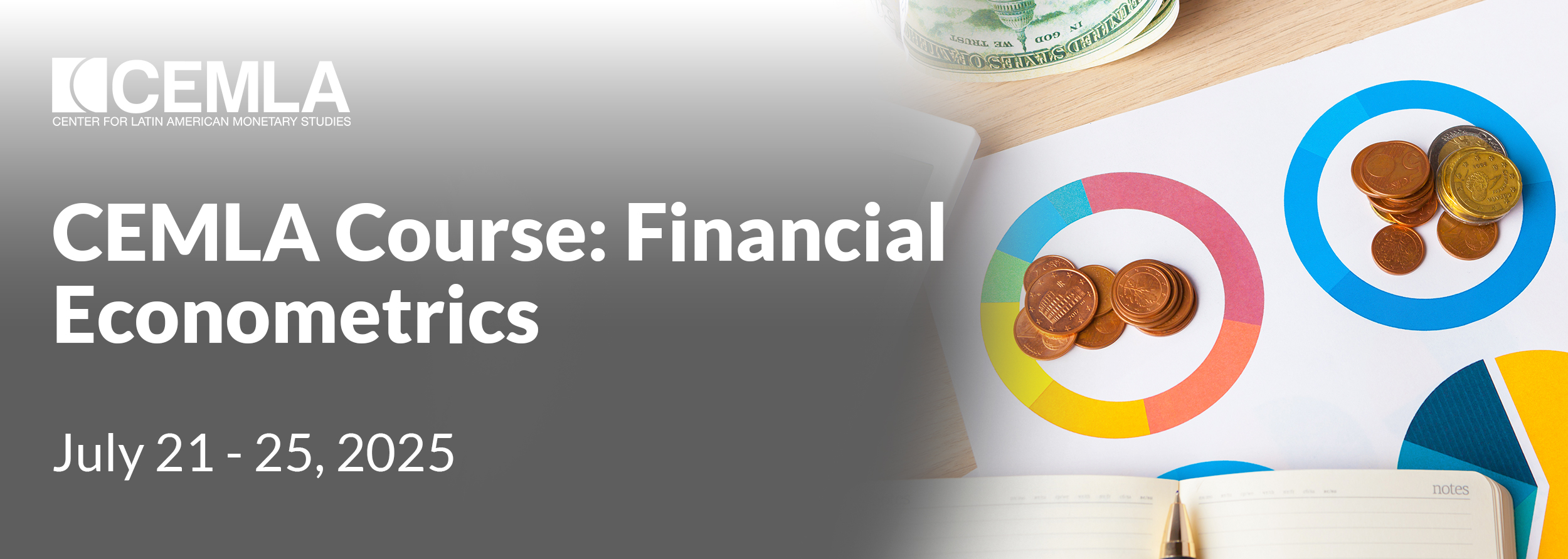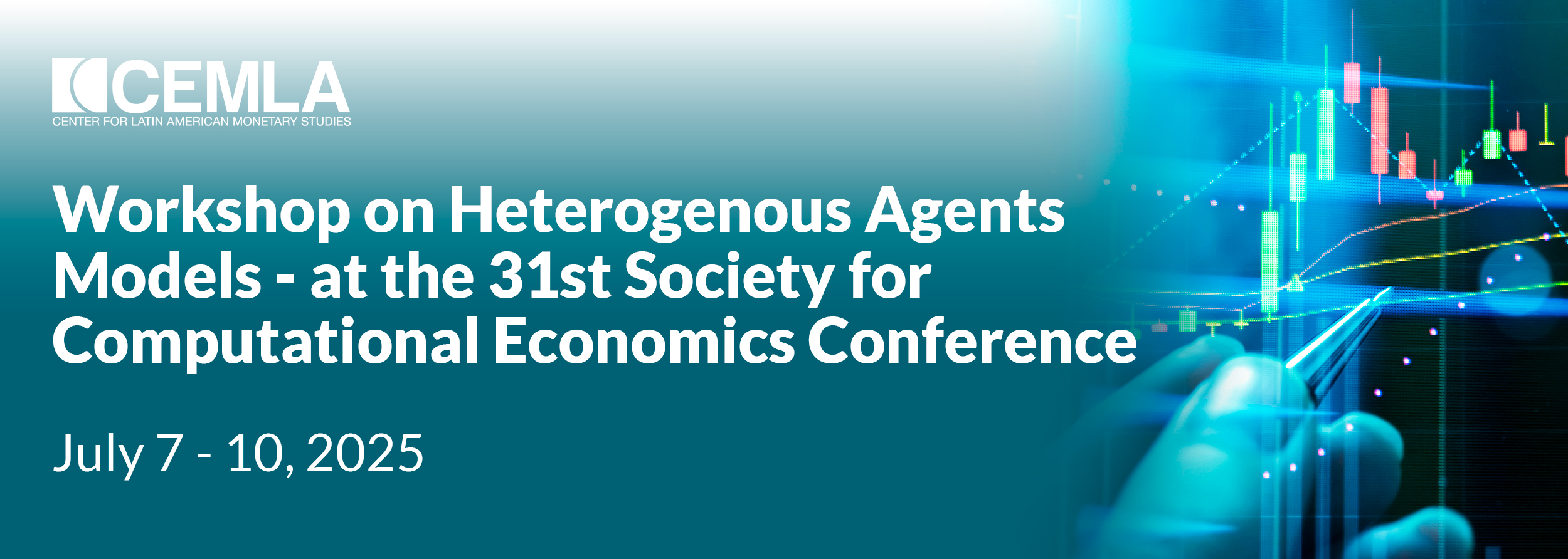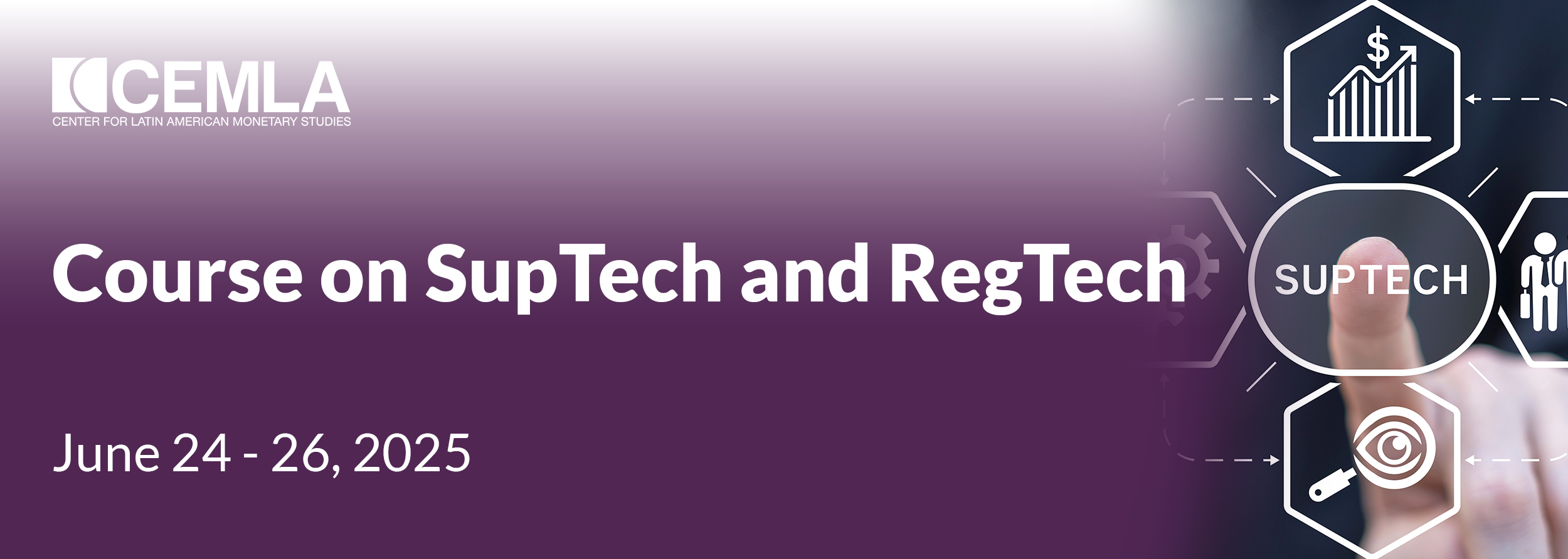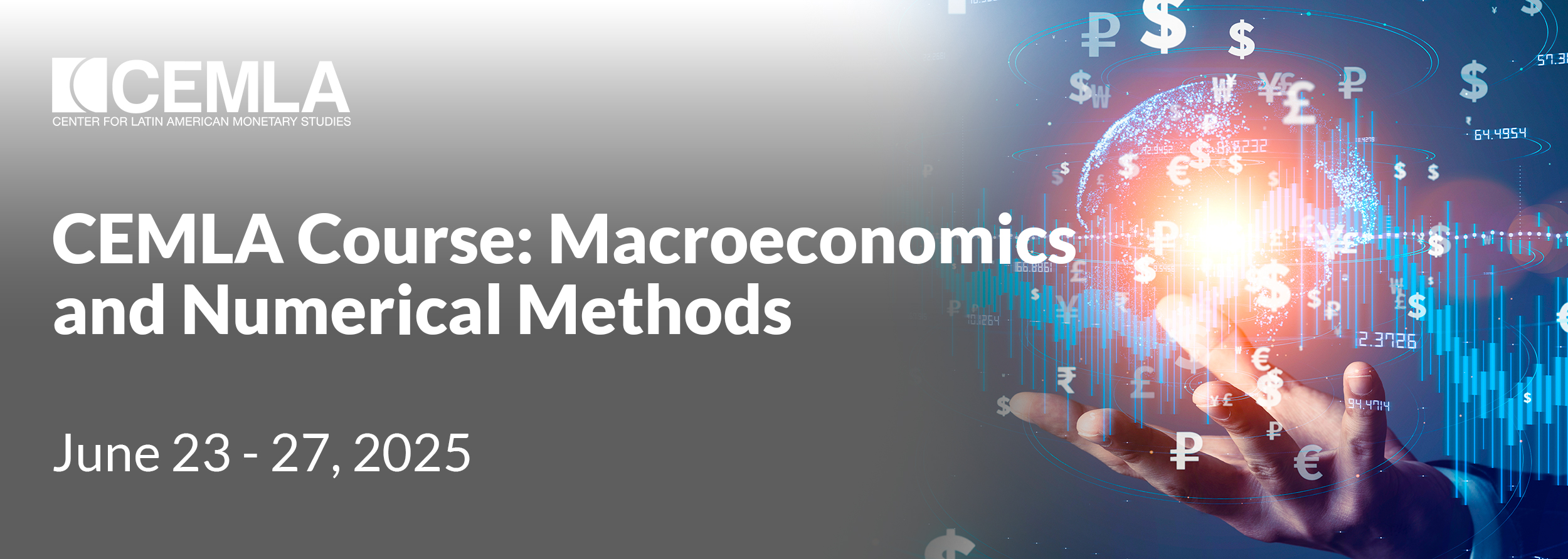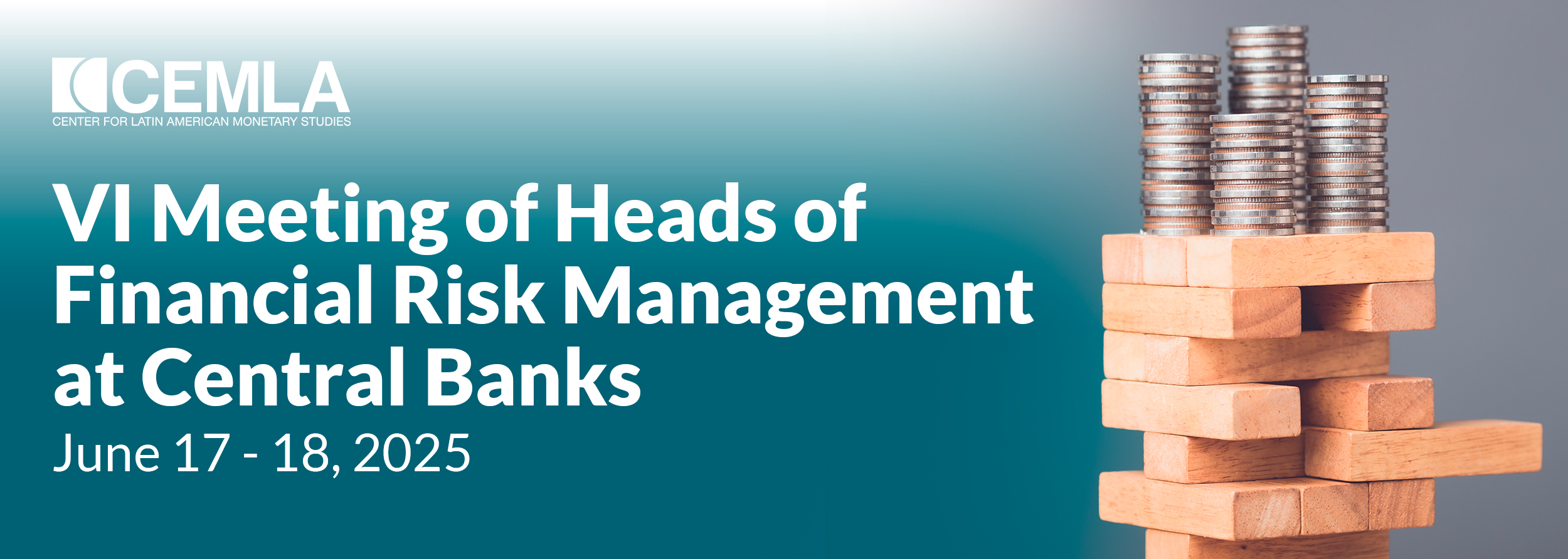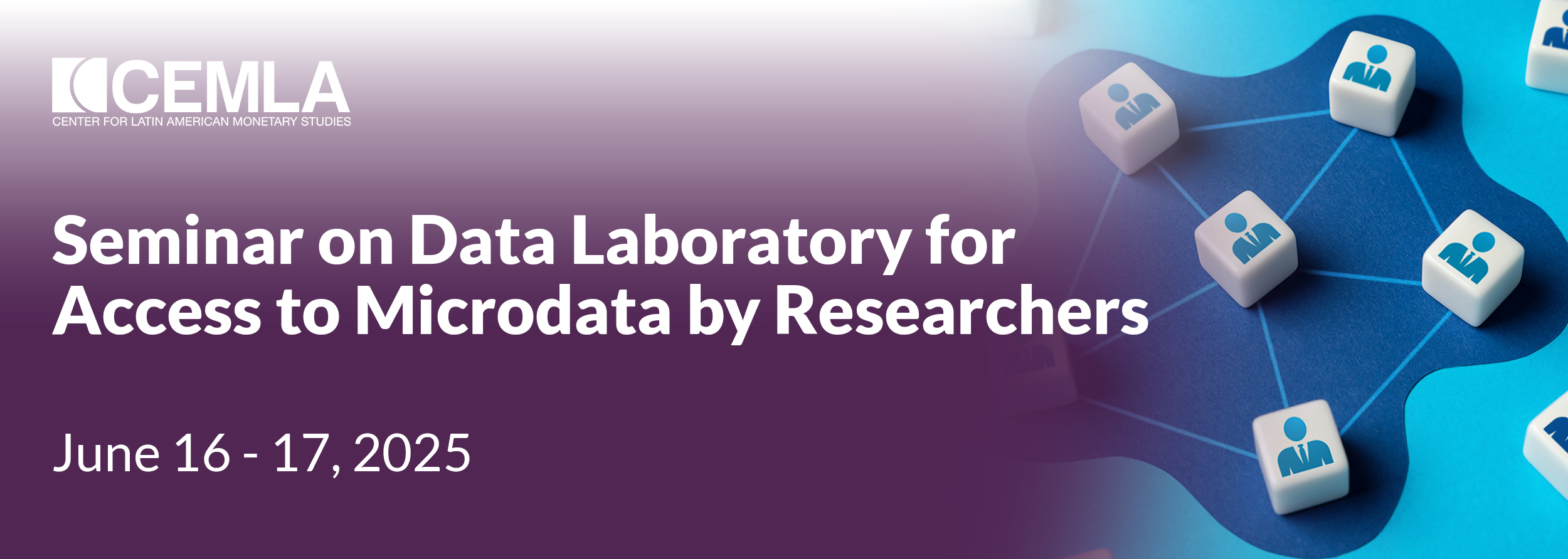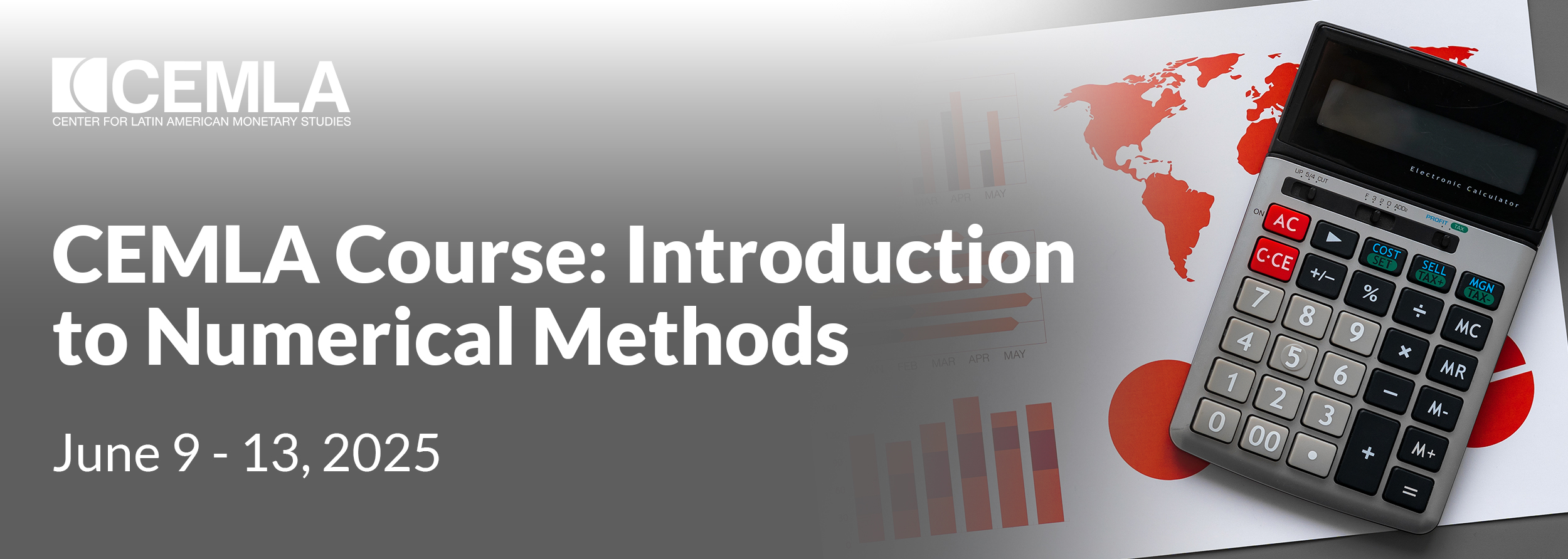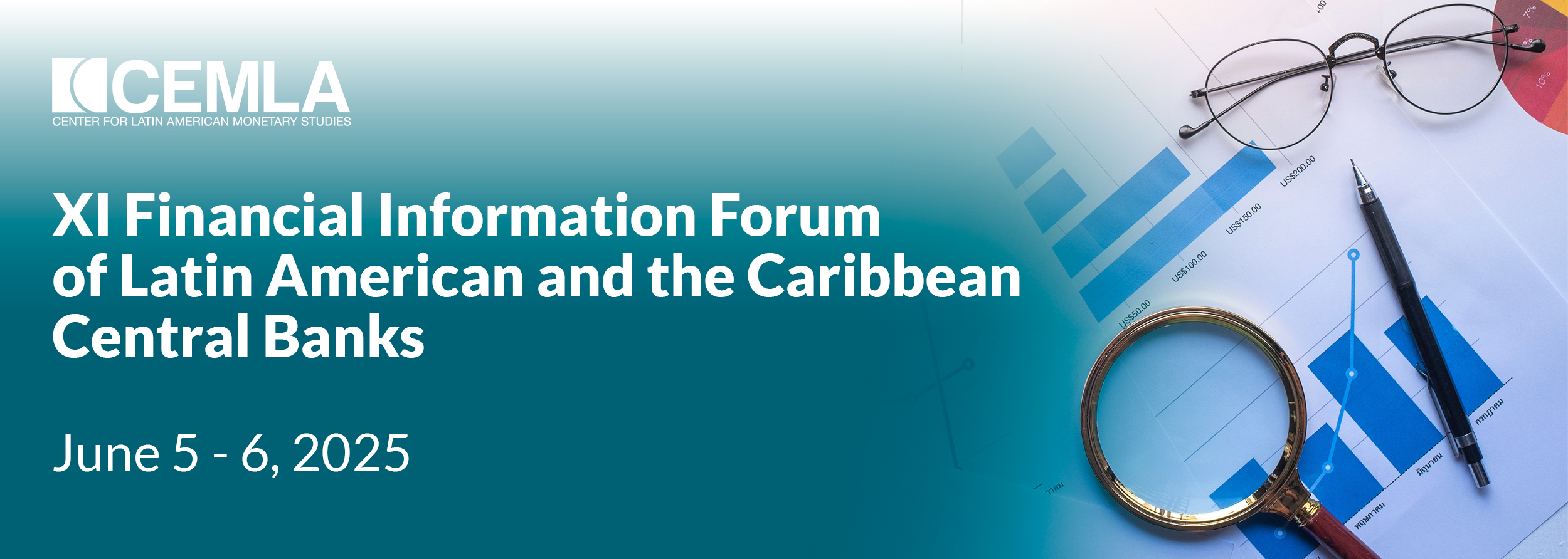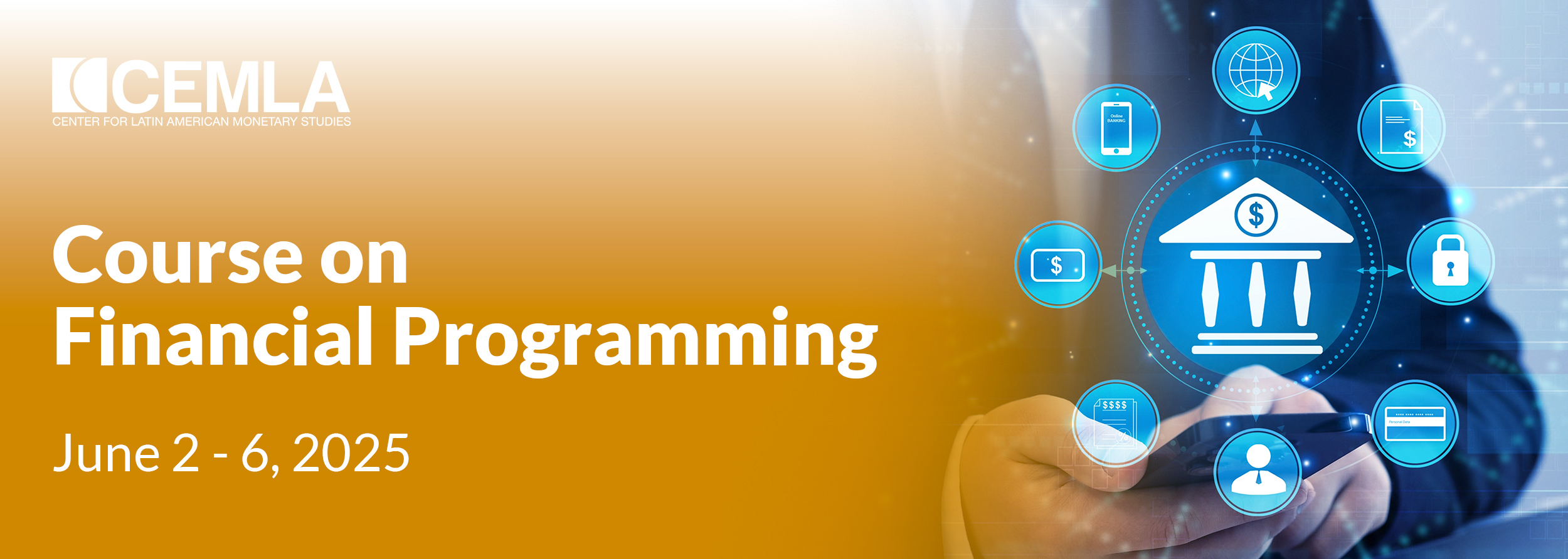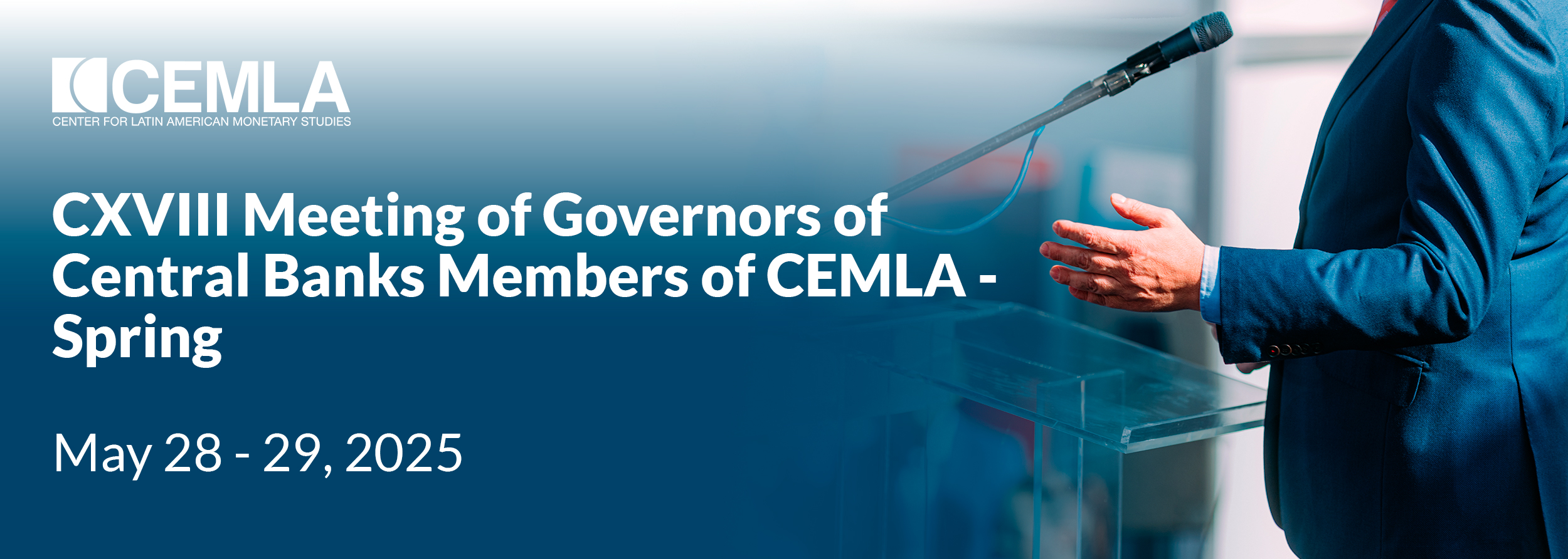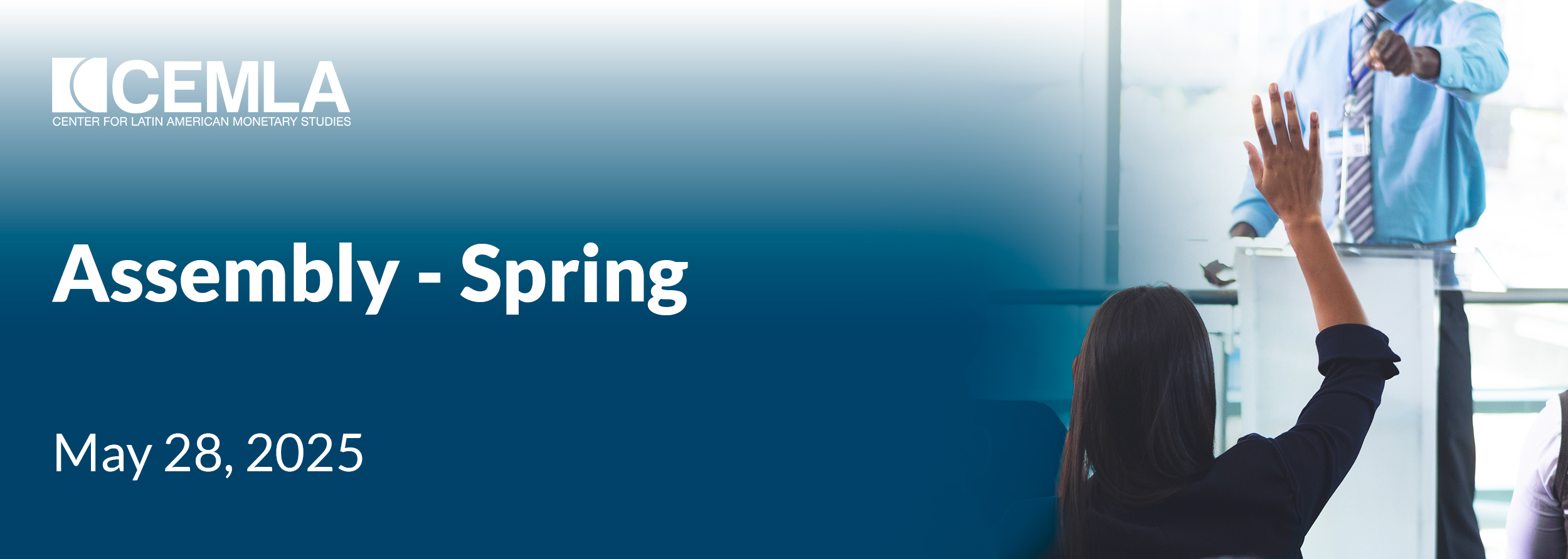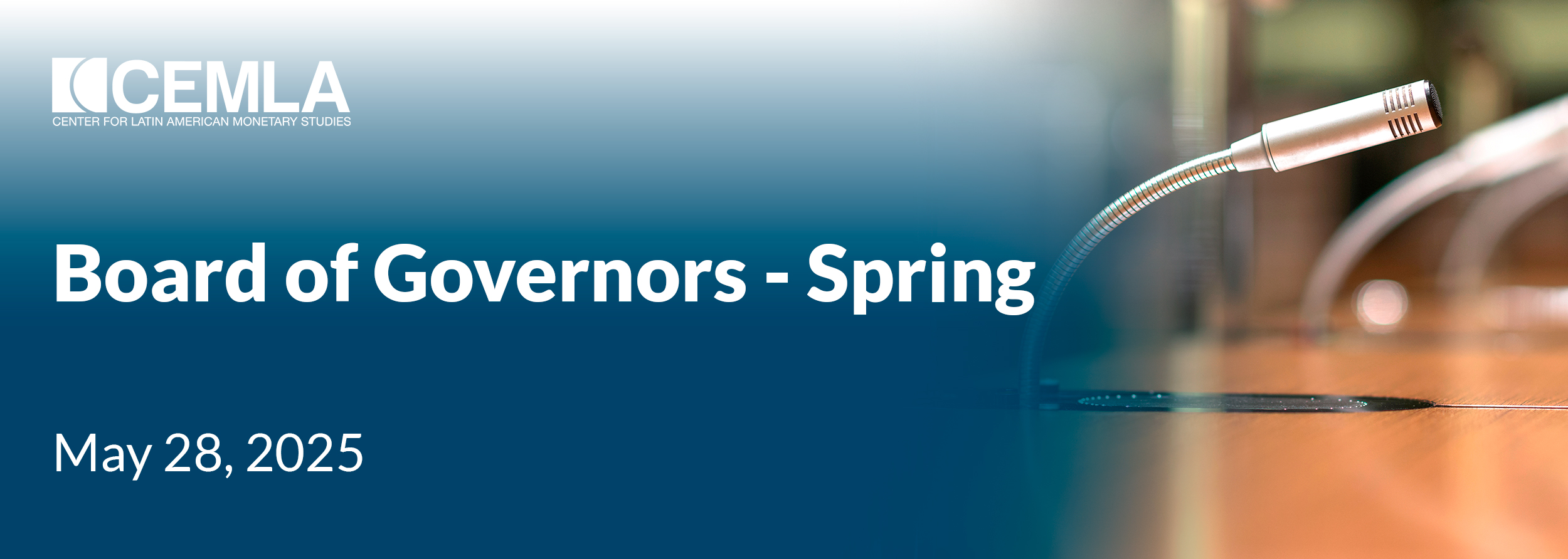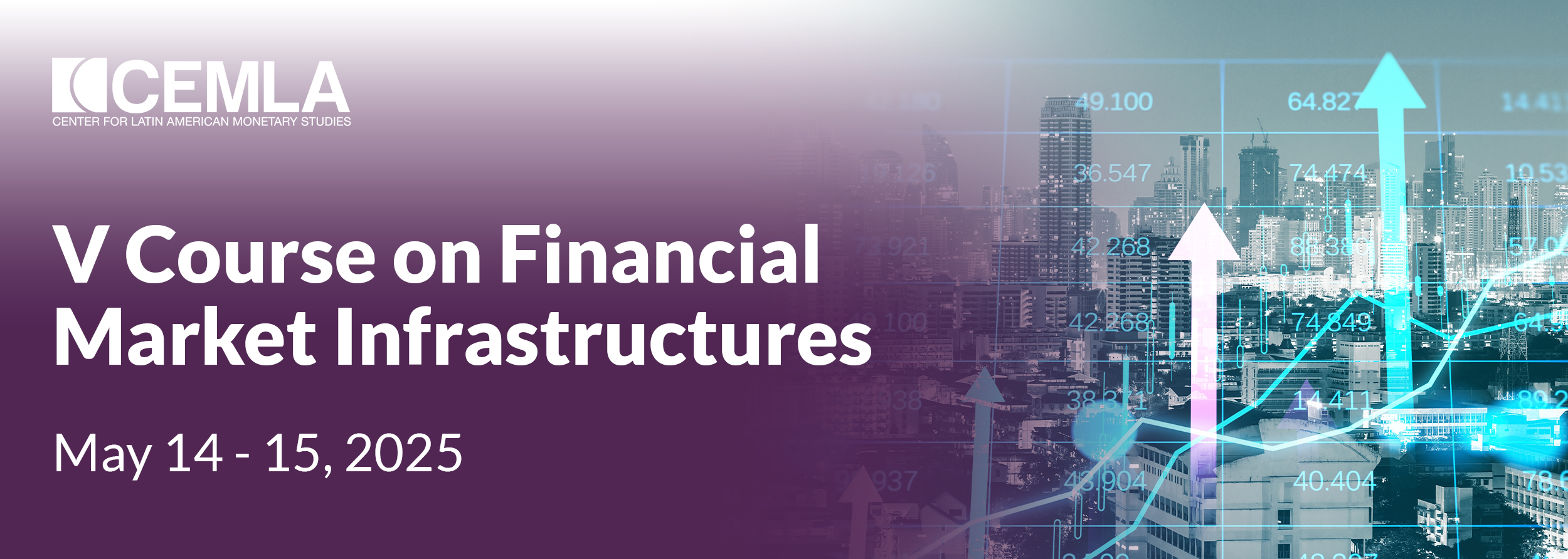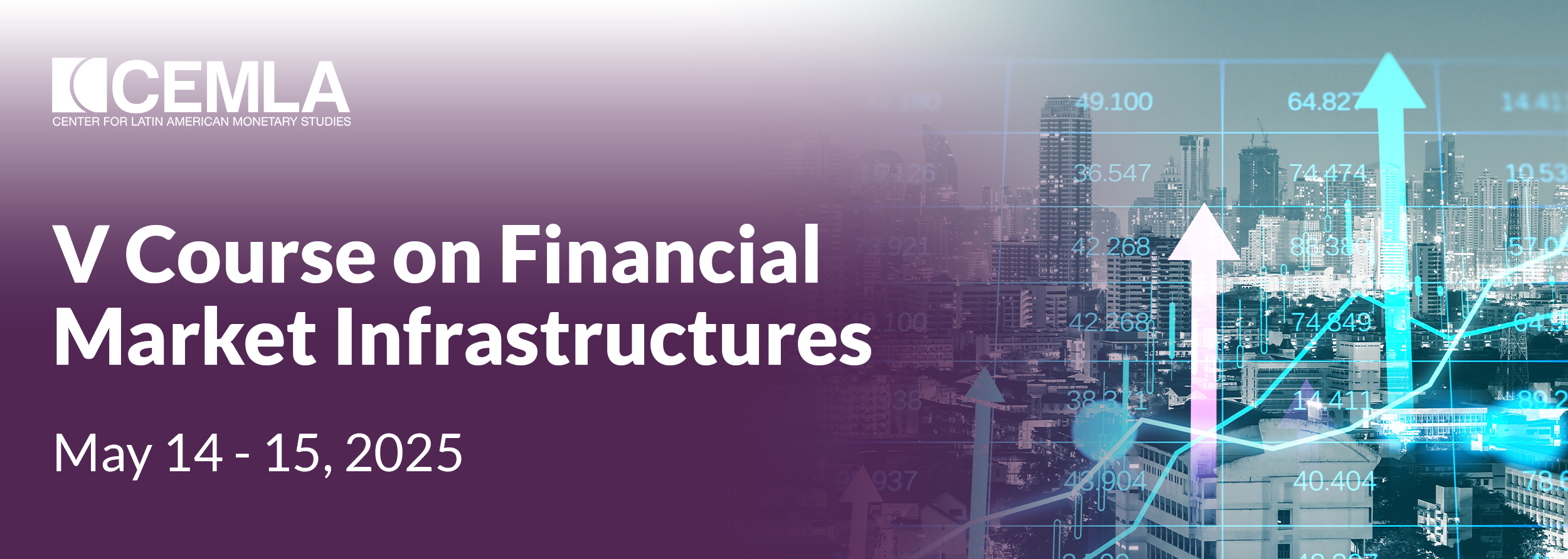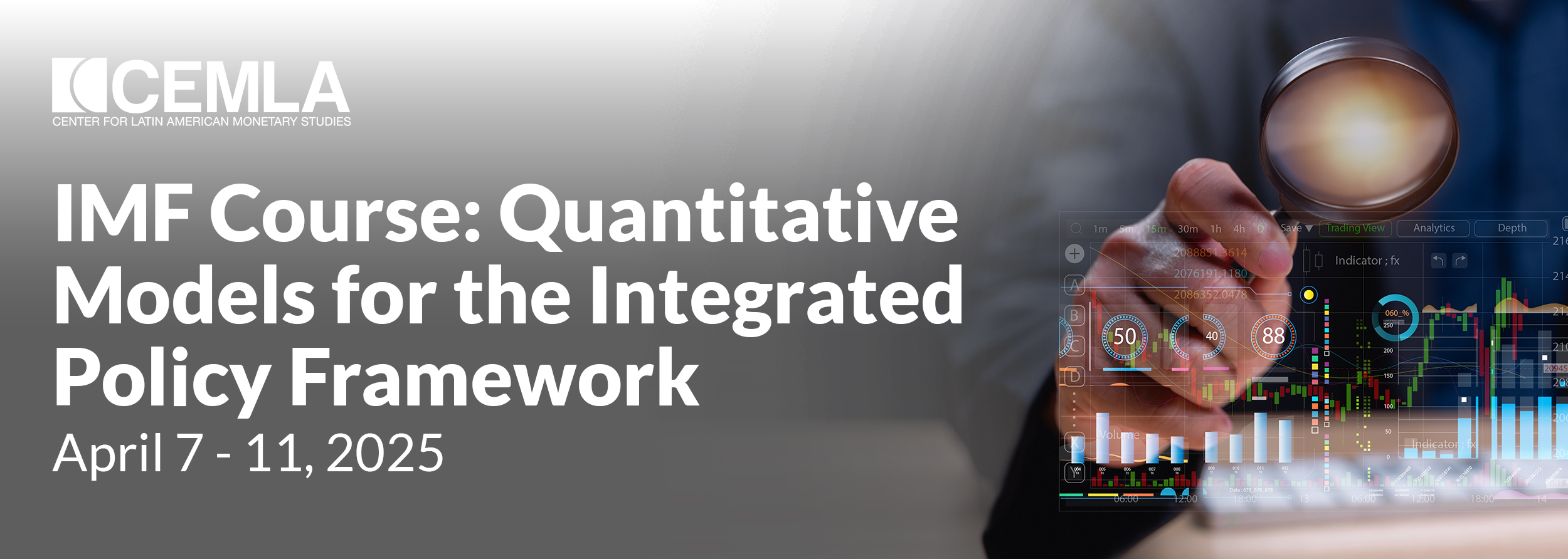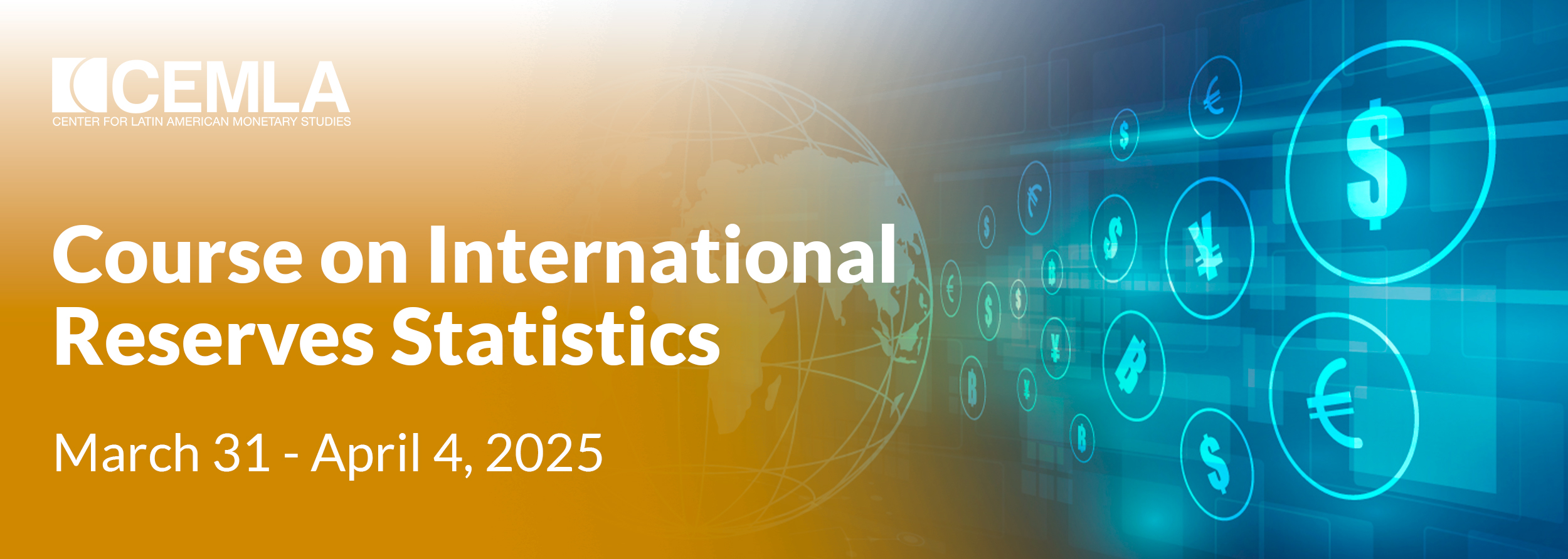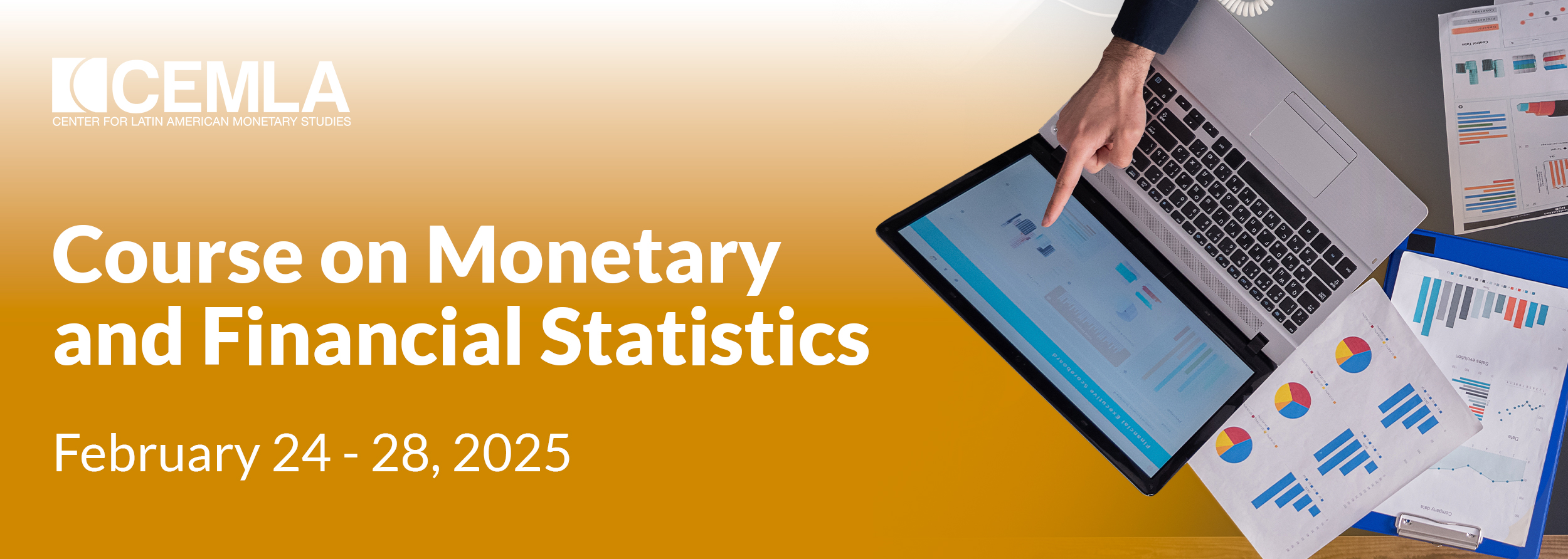CEMLA's Board of Governors decided to grant the First Place of the 2025 CEMLA Central Bank Award to the study “The Nonlinear Effects of Interbank Market Frictions on Monetary Policy Transmission Mechanism” by Willian Bejarano. In turn, the Board of Governors recognized Miriam Juárez-Torres, Cynthia Urgel Ponce de León and Daira García Maldonado with the Second Place Award for their study “The Effect of Hurricane Otis on Card Payments in Mexico”. The Third Place Award was granted to “Private Credit Bureaus and Positive Information Sharing: Are there benefits for borrowers?” by Raquel de Freitas Oliveira, José Renato Haas Ornelas and Ricardo Schechtman.


















